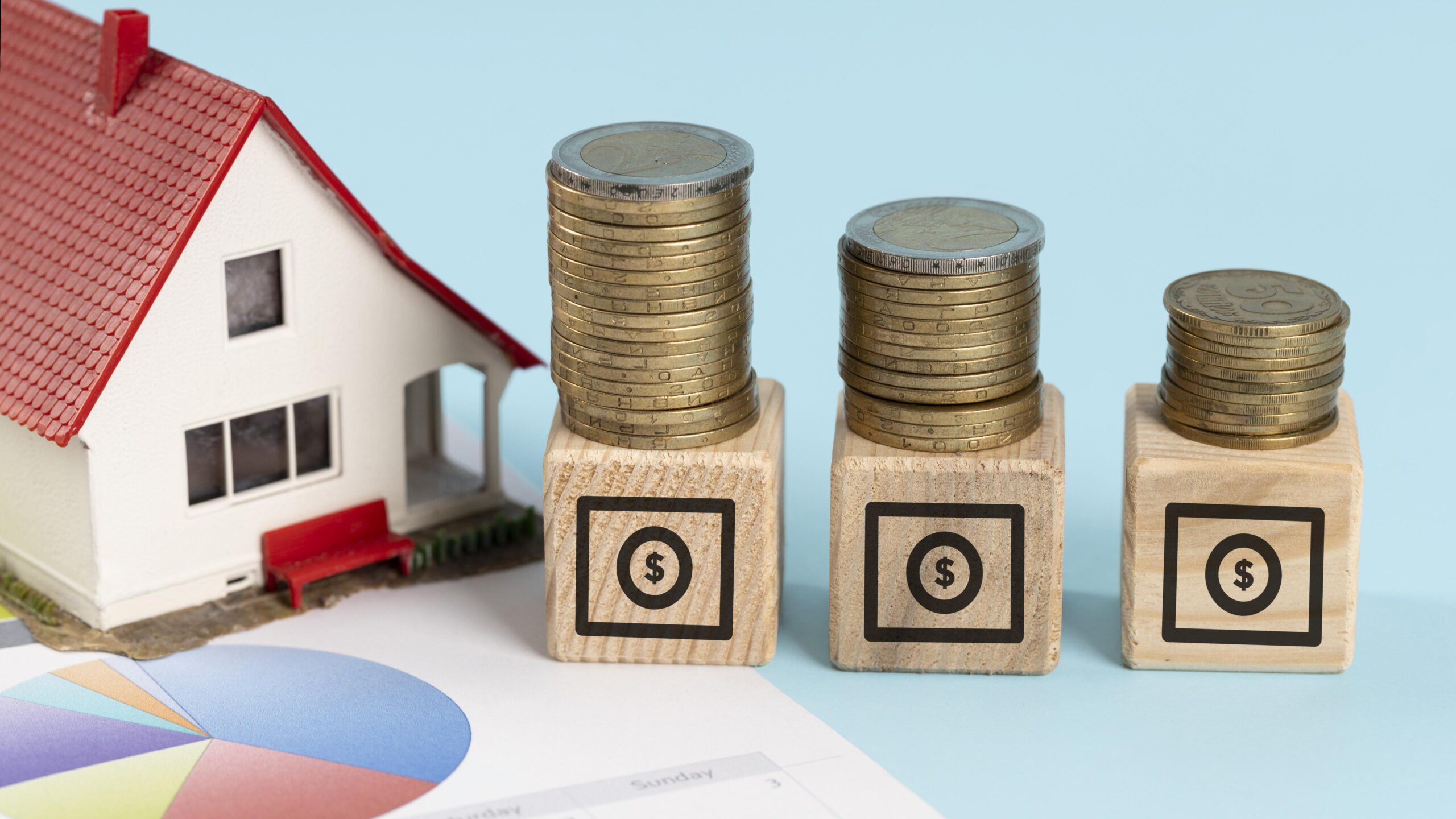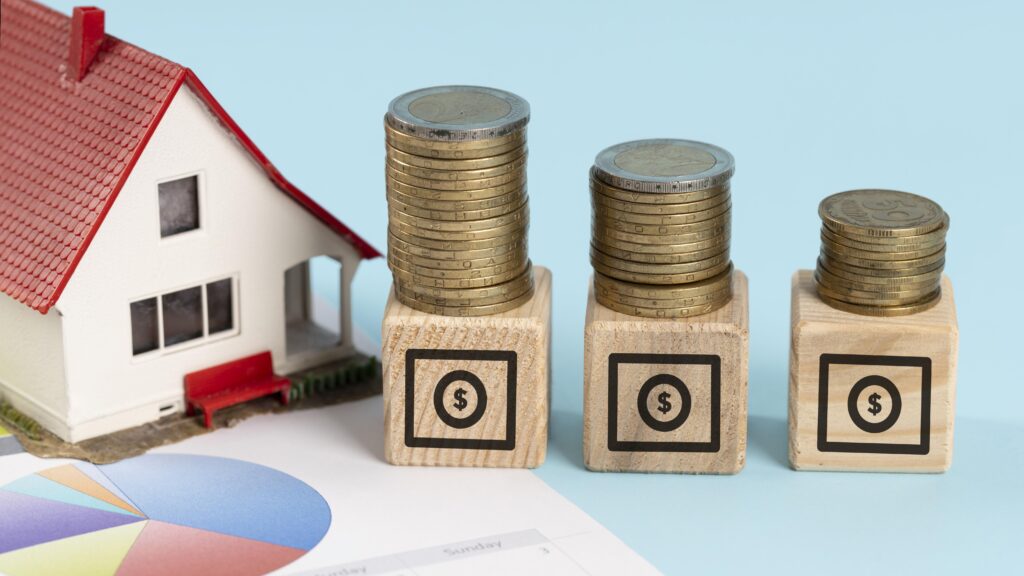Pricing your home correctly is one of the most crucial steps in the home-selling process. Overpricing can cause your property to remain unsold for longer, causing buyers to question its value. In contrast, underpricing could leave money on the table that could have been yours.
When pricing a home, it’s important to understand factors like market data, neighborhood comparables, and buyer psychology. These play a vital role in setting a price that attracts buyers while ensuring you get the return you deserve. What’s an effective pricing strategy when listing a home in a cold market like today?
The Importance of Pricing Your Home Correctly
Many homeowners interested in listing their homes on the market can have many questions. When it comes to listing a price, the common question is, “What’s the best strategy for pricing a home?”
Pricing your home can impact how buyers perceive your property’s value, how long it stays on the market, and how much you’ll pocket. A well-priced home can ignite a flurry of buyer interest, often leading to multiple offers. On the other hand, an overpriced or underpriced home can deter serious buyers or prevent you from maximizing your property’s value.
The “golden window” in real estate, typically the first 30 days, is when your home is most attractive to buyers. During this period, houses sold faster and were closer to their asking price. According to 2024 findings published by the National Association of Realtors, homes on the market saw a median time of three weeks. During that time, the final selling price was a median of 100% from its listing price, the highest recorded median since 2002.
Understanding Market Data
Market data is a powerful resource for understanding how homes are performing in your area and how to price your home competitively. These key metrics can help a homeowner understand what’s the best strategy for pricing a home:
- Average Days on Market (DOM): This indicates how long homes typically take to sell in your area. Lower DOMs often indicate high demand, while a higher DOM suggests a slower market.
- List-to-Sale Price Ratios: How close the final sale price is to the original listing price. A ratio near 100% suggests homes are selling at or close to their asking price, while a lower ratio suggests the need for price reductions.
- Seasonal Trends: Certain times of the year often bring more buyer activity, while the market tends to slow during holidays. Understanding these trends helps you time your listing for maximum exposure.
Supply and demand play crucial roles in interpreting market data. When there are more buyers than homes available, the market becomes a seller’s market, where sellers can leverage the increased demand. On the other hand, a buyer’s market is when there are more houses than buyers, so homes are more competitively priced to sell.
Using Neighborhood Comparables
Assessing neighborhood comparables, or comps, is a common way of strategizing how to price your home. By looking at similar homes in your area that have recently sold, you can get a benchmark for what buyers are willing to pay for a property like yours. To find accurate comps, consider the following:
- Size and Layout: Compare homes with similar square footage and overall layout. A home with a comparable floor plan offers a better pricing benchmark.
- Location: Homes in sought-after neighborhoods tend to command higher prices. Proximity to desirable amenities significantly affects value.
- Condition and Upgrades: The condition of a home, including renovations or unique features, can justify a higher asking price compared to homes without these.
Adjust for differences between your home and the comps. For instance, if your home has a larger yard or a new kitchen, you may price slightly higher than a comparable property without these features. Evaluating comps ensures your price reflects what the market will bear.
Buyer Psychology and Perceived Value
Understanding buyer psychology can be the edge you need when pricing your home. Buyers often gravitate toward pricing tiers, and small differences can make a big impact. For example, pricing a home at $399,999 instead of $400,000 creates a psychological impression of affordability, even though the difference is minimal.
Additionally, buyers will be comparing your home against others in your area. If your price seems out of line with comparable homes, it might not even make their shortlist. Emotional appeal also plays a role; buyers often associate well-priced homes with good value and care. Finally, avoid common pricing traps, such as pricing so high that buyers won’t bother negotiating or so low that buyers suspect hidden issues.
Common Mistakes to Avoid
Pricing mistakes can cost you time, money, and potential buyers. Although many homeowners intent on selling their property consider what’s an effective pricing strategy when listing a home in a cold market, it’s also essential to remember and avoid these common errors:
- Overpricing: Setting an inflated price to negotiate down often backfires. Buyers may skip overpriced homes entirely, leading to extended market time, which can require significant reductions to make your property priced to sell.
- Ignoring Market Data: Sentimental value and personal investment in your home shouldn’t cloud your pricing decisions. When pricing your home, rely on objective data, not emotions.
- Forgetting Hidden Costs: Pricing too low without accounting for expenses like repairs, staging, or marketing can eat into your profits. A good rule of thumb is that homeowners spend 10% of their home’s price on hidden selling costs.
Leveraging Cribbed’s Pricing Tools
Platforms like Cribbed provide invaluable support for homeowners opting to sell their property. Aside from the various benefits of selling on the platform, you can optimize your property’s pricing through:
- Comparative Market Analysis (CMA): Evaluate local comps and market trends to get the best strategy for pricing your home.
- Access to Local Real Estate Professionals: While you control the process, Cribbed connects you with experienced professionals for guidance when needed.
- Streamlined Pricing Resources: Cribbed’s platform simplifies the data analysis process, giving you confidence in your pricing strategy.
Maximize Your Home’s Value with Cribbed
Pricing your home right is both an art and a science. By leveraging market data, analyzing neighborhood comps, and understanding buyer psychology, you can set a price that attracts buyers and ensures a profitable sale.
Cribbed offers the tools and support you need to sell your property. Take control of your home buying and selling process and get your property priced to sell in any market.
Explore Cribbed today to prime your property for a successful home sale!






